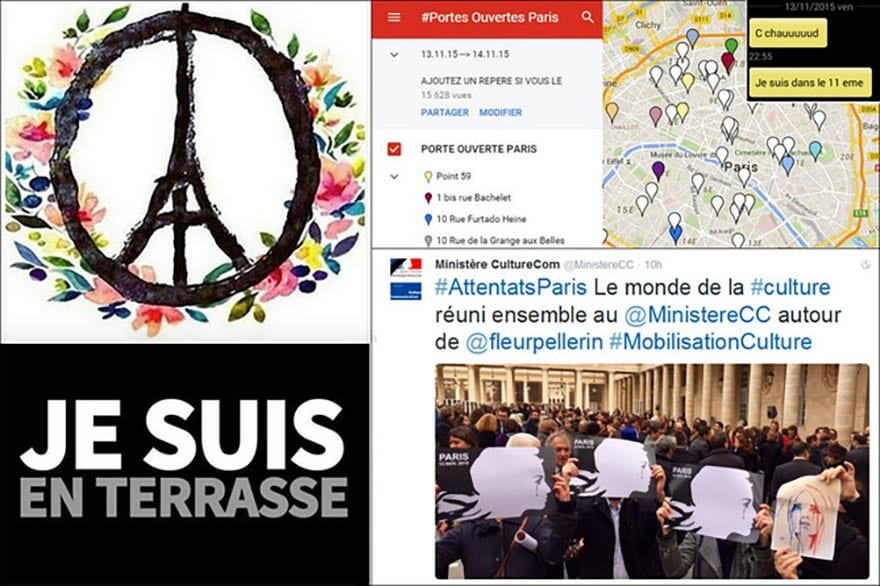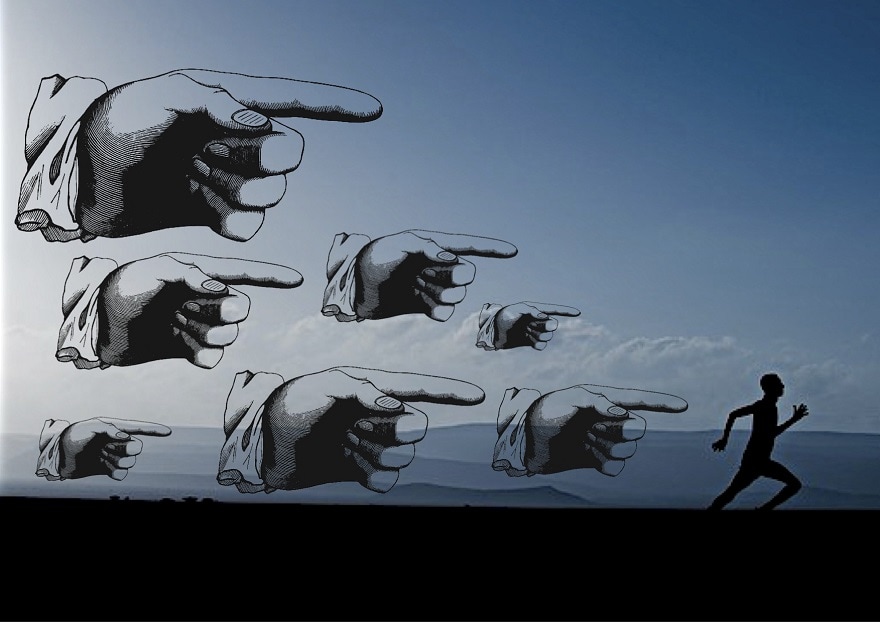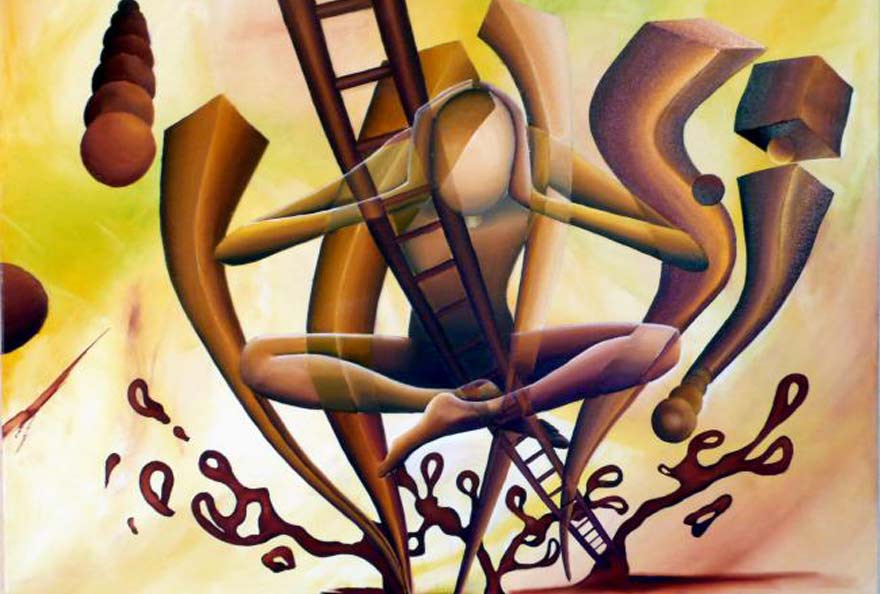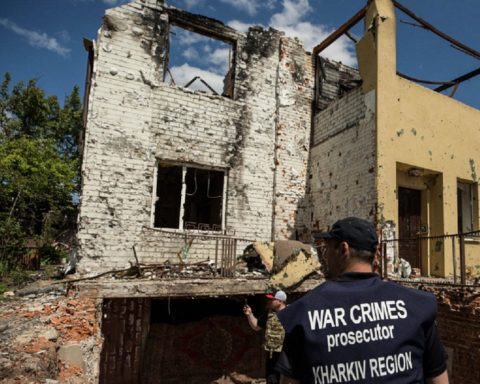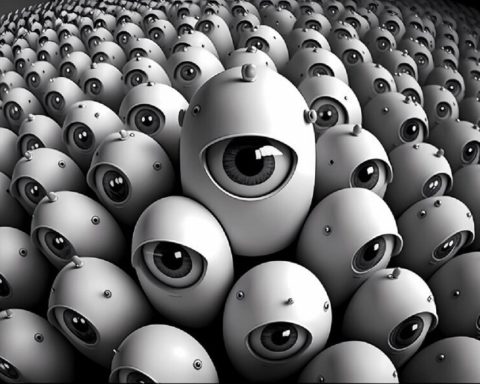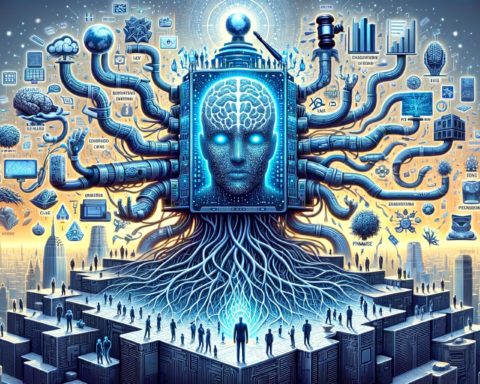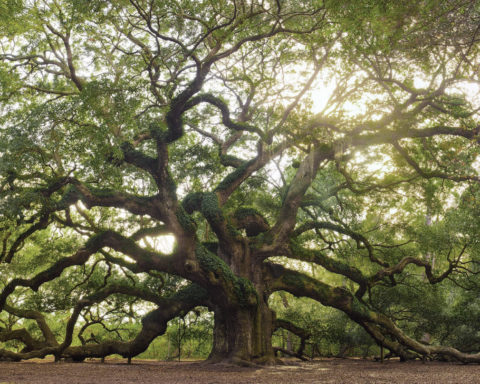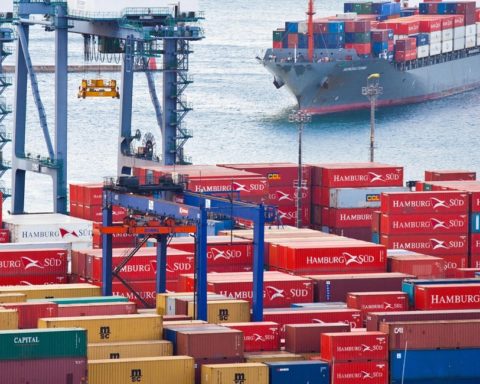Considered as a space for free expression by Internet users, without being obliged to go through the mediation of journalists, the socio-digital networks were at the heart of this wave of attacks in Paris, playing several roles, now fairly well identified.
Cs is now common practice in the face of all types of events, Internet users have had the reflex to take out their mobile phones to film live what was happening before their eyes. The media then relayed these amateur images in their television editions or on their sites.
Amateur videos and media relays
This is how the first images of gunfire filmed from an apartment a few hundred meters from the Bataclan, posted very quickly on YouTube and picked up by other accounts, have accumulated in less than twenty hours, according to our count, more than 2.1 million views. The same dynamic as that observed on January 7 with this film of a citizen, taken from an apartment and first mediatized by Reuters, where we see the Kouachi brothers come back from Charlie Hebdo shouting victory!
The same reflex for Steven Costa, who arrived at the scene of the massacre in one of the affected cafés, who then questioned the witnesses while filming the crime sceneor a private individual who arrives very quickly at the explosions at the Stade de France.
And in January and November, the influence of these amateur practices on professional journalists can be seen in this video taken on a mobile phone by a journalist from the World...Daniel Psenny, whose window overlooks the Bataclan's fire escape. This video posted on the Dailymotion channel of the World has been seen more than 12 million times in the last few hours.
Social networks, solidarity networks
The public space that these digital networks help to forge allows citizens to create solidarity among themselves, based on a model of self-organization. On Twitter, news feeds, via a hashtag that eventually takes hold, make it possible to organise an exchange of information between Internet users.
We saw two exemplary cases on the night of November 13 to 14. The hashtag 1TP3OpenDoor has, for example, emerged overnight as one of the most shared taglines on Twitter, following the proposal of independent journalist and network activist Sylvain Lapoix.
It was an opportunity to express the solidarity of Parisians in the neighbourhoods affected by the attacks for the benefit of those left homeless and in the streets by the closure of the area or the anguish.
Similarly, the hashtag 1TP3SearchParis became the means that many citizens shared to circulate calls for witnesses to trace a loved one they had not heard from.
Note that Facebook has triggered a device aimed at simplifying the lives of its users whose friends are trying to find out from their Facebook accounts whether a loved one is still alive or not. This service, called Safety check, was launched in October 2014, and Marc Zuckerberg justified its existence as follows: "In recent years, there have been many disasters and crises where people have turned to the Internet to help. Each time, we have seen people use Facebook to check that their loved ones are safe.
As a result, those who were geolocated in Paris received the following message during the night: "Are you all right? It seems that you are in the area affected by the terrorist attacks in Paris. Inform your friends that you are safe". All it took was a simple click, displaying a reassuring message automatically.
Emotional expression on networks
One of the keys to the success of social-digital networks is the very emotional way in which they are appropriated, to allow oneself to make public, to share, one's emotions (indignation, anger, heartbreak, sadness, afflictions...). And in these dramatic circumstances, this emotional spring plays to the full. It is a question of communing with the victims and showing empathy with the situation.
Graphic creativity is one of the tools highly prized on these networks to share in few words (if any) its affects, especially in those moments of astonishment caused by ultra-violence that is as blind as it is repulsive.
We have therefore seen the flowering of graphic representations that have become very popular very quickly, like so many signs of empathy deposited on the digital altars that our accounts have become. We change the image of our Facebook, Twitter or Tumblr profile. You create a table on your Tumblr, Pinterest or Instagram account, to put on it the collection of images that have moved you the most, that have touched you the most, that best sum up your state of mind at the time. A tear or a symbol is then enough to translate your emotions.
We could discover the influence of the famous logo "Je suis Charlie", declined here in "Je suis Paris" or "Je suis la France". We can also see the inventiveness of those who use the symbol par excellence of Paris (the Eiffel Tower) to associate it with a message of peace and homage to the victims.
The #PrayforParis has become a worldwide topic, with more than 7 million messages in a few hours. Let's discover an anthology of what has been circulated and which is part of a process of resilience for everyone, to find meaning in a world that seems absurd, incomprehensible, uncontrollable.
And symbolic images are also circulated that promote positive initiatives, those that make it possible to say that there is still humanity in this chaos of absurdity and brutality. Images that show the rest of the world's solidarity with us, cultural initiatives, moments of recollection... slogans that allow us to show our determination in the face of the threat.
Social media vehicles of all rumours
Let us end this overview by pointing out, alas, that, as usual, many rumours have been circulating about these networks, with sharing being carried out without control and without restraint.
A photo of the rock band "Eagles of Death Metal" is circulating on Twitter and Facebook, presented as the band performing in the Bataclan on the night of the tragedy, while it is a photo of their tour, taken in Ireland.
Announcements of new shooting locations in Paris punctuated the evening on the networks. Gunshots and bombs were heard at Beaubourg, Les Halles, Trocadéro, etc., but the news was not as strong as it might have been. In panic, no doubt believing they were doing the right thing to warn other Internet users of the danger, citizens relayed these unfounded rumours.
There was no shooting in Bagnolet, and the shocking image of an alleged victim turned out to be a photo taken in Brazil. A false prophecy supposedly posted on the jeuxvideo.com forum on November 5 was fabricated to make it look like the attacks were planned.
These are just a few examples of the extent to which human stupidity can take on these networks, between unenlightened panic but full of good intentions and outright malevolence, with false messages, misappropriation of images, not to mention the conspiratorial (and often xenophobic) theses that are already appearing (but which we refuse to advertise by describing them here).
Arnaud MercierProfessor of Information-Communication at the French Press Institute, University Panthéon-Assas
The original text of this article was published on The Conversation.

